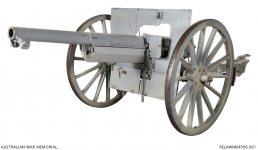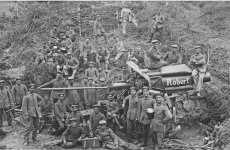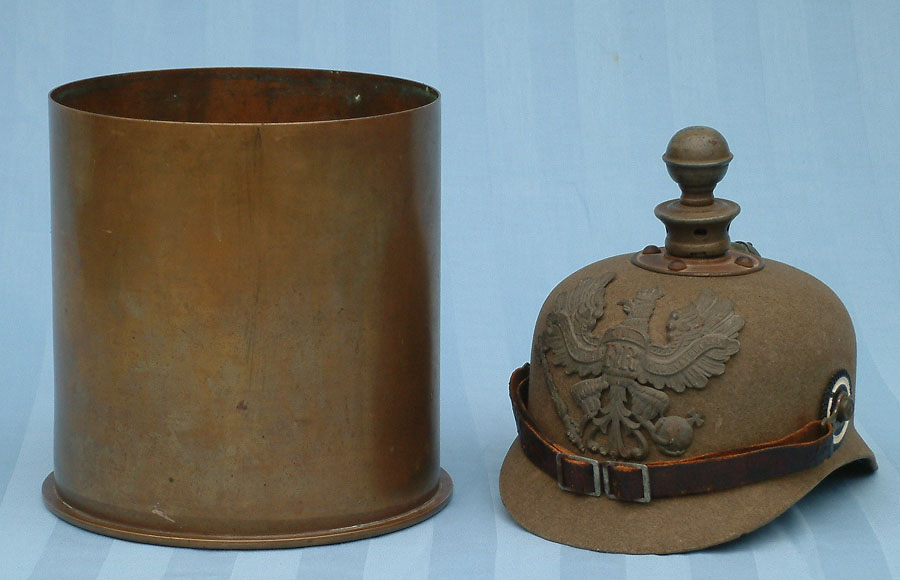coert65
Well-known member
Steve, the reason the rounds look unusual, is because they are French 75mm rounds, and the gun mounted in the back of your picture is a captured French one. The famous soixante quinze. 75mm Canon de 75 modele 1897.Re. Tony's post . I think the gun in use here is a 77mm Field Artillery piece. Possibly taken at the same site as the initial photos.
I think there must be something unusual about the rounds they are posing with ? As an aside, if you look closely you can see the image of a girl in the lid of the box between the two artillery rounds.
View attachment 13699

Compare the muzzle, and objects beneath it. By the way, I have several 75mm fuzes, still with the tops they are on here, picked up at my battlefield trips in Ypres. Inert ones off course, they had been exploded, and all that remains then are the fuses and the top of the shell.


